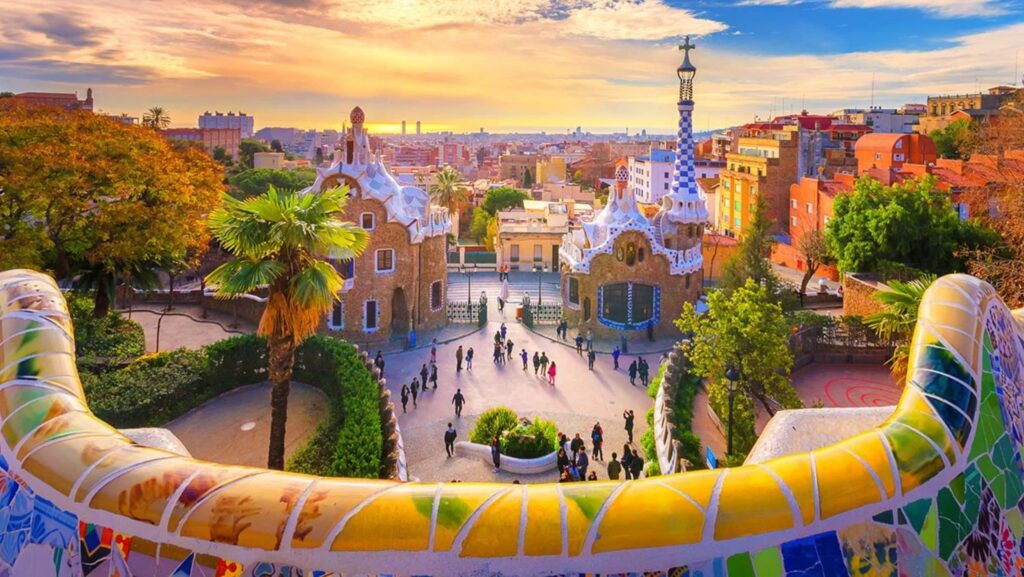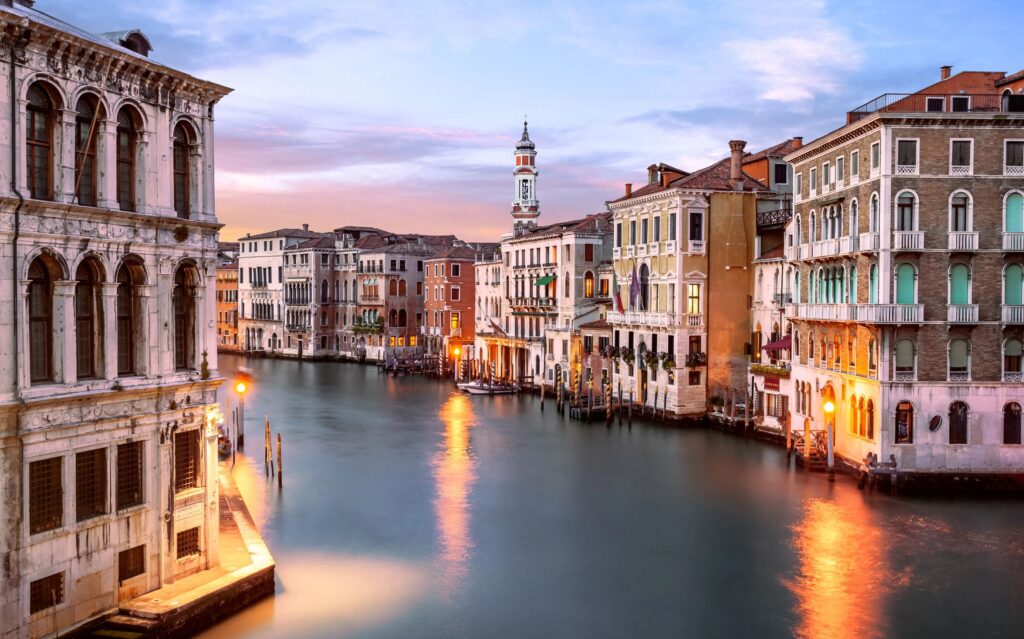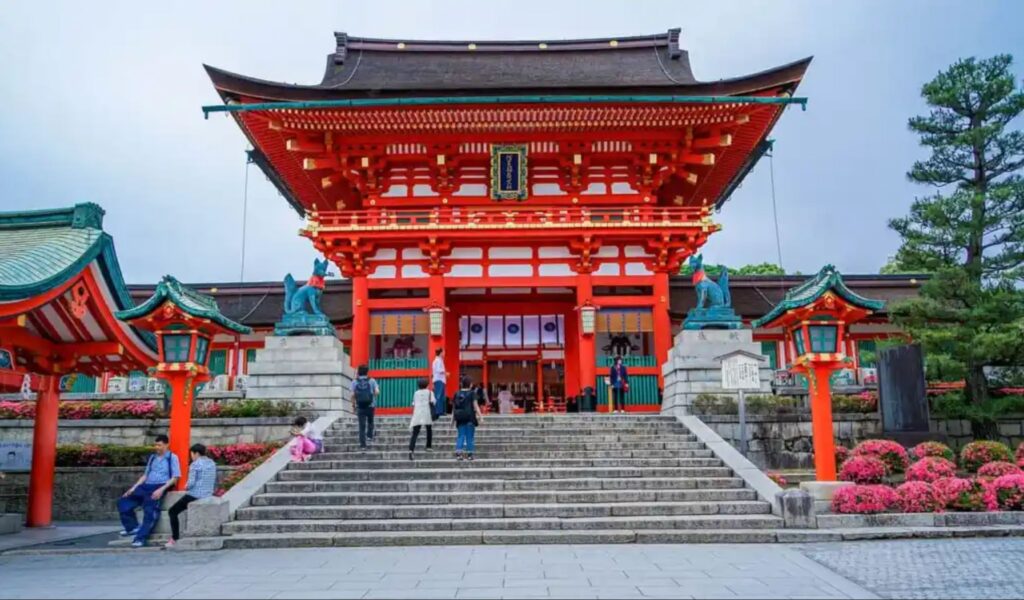We all dream of exploring iconic landmarks, breathtaking landscapes, and cultural treasures. But some destinations are so popular that they’re bursting at the seams with tourists. Overcrowding not only dampens the travel experience but can also have a negative impact on the environment and local communities. 🌍✈️
In this post, we’ll take a look at some of the world’s most overcrowded tourist destinations and how overtourism is reshaping travel to these hotspots.
1. Machu Picchu, Peru – The Ancient Incan Marvel
Machu Picchu, one of the New Seven Wonders of the World, attracts millions of visitors every year. Nestled high in the Andes Mountains, this ancient Incan city has become a must-visit for history buffs and adventurers alike. However, the site has struggled with the sheer number of tourists, which has put immense pressure on its preservation. 🏞️🏛️
Why it’s overcrowded: Peru’s government has taken steps to limit visitors to 2,500 per day, but the demand far exceeds that number. Tourists eager to snap pictures of the stunning citadel often overcrowd the site, leading to concerns about erosion and damage to the fragile ruins.
What’s being done: A ticketing system has been introduced with specific time slots to manage visitor flow. There are also rules in place to prevent tourists from wandering off designated paths, and new infrastructure is being developed to protect the surrounding areas.

2. Santorini, Greece – A Picture-Perfect Island
Famous for its white-washed buildings and blue-domed churches overlooking the Aegean Sea, Santorini has become a dream destination for honeymooners and Instagram influencers. But this stunning island is now facing the downsides of its own popularity. 🌅🏝️
Why it’s overcrowded: With more than 2 million visitors annually, Santorini’s small towns and narrow streets become clogged with tourists, especially during the peak summer months. Large cruise ships unload thousands of visitors at a time, overwhelming the island’s infrastructure and locals’ ability to manage the influx.
What’s being done: In response to overtourism, Santorini has begun limiting the number of cruise ships allowed to dock each day. The island is also promoting off-season travel to spread out the number of visitors and reduce overcrowding during peak times.

3. Barcelona, Spain – Gaudí’s City in Crisis
Barcelona, known for its art, architecture, and vibrant culture, is one of Europe’s top tourist destinations. However, the city has seen an explosion in visitors over the past decade, with nearly 30 million tourists arriving each year. As a result, locals have started pushing back against the mass influx. 🏙️🎨
Why it’s overcrowded: Popular attractions like La Sagrada Familia and Park Güell draw enormous crowds, and the narrow streets of Barcelona’s Gothic Quarter are frequently packed with tourists. The rise of vacation rentals like Airbnb has also driven up housing costs, making it difficult for locals to live in certain neighborhoods.
What’s being done: Barcelona has introduced regulations to curb the number of short-term rental properties and limit hotel development in central areas. The city is also trying to distribute tourists more evenly by promoting lesser-known attractions outside the city center.

4. Venice, Italy – The City of Canals at a Breaking Point
Venice, with its romantic canals, historic architecture, and unique charm, has long been a magnet for tourists. However, the sheer volume of visitors threatens the city’s survival. Millions of tourists flock to Venice each year, far outnumbering the city’s dwindling population of just over 50,000 residents. 🚤🏛️
Why it’s overcrowded: During peak seasons, Venice feels like it’s bursting at the seams with day-trippers and cruise passengers. The fragile city, already battling rising sea levels, struggles to accommodate the crowds, which contribute to environmental damage and degradation of historic buildings.
What’s being done: Venice has introduced a tourist tax and is considering limiting day visitors to reduce strain on the city’s infrastructure. The city has also restricted the entry of large cruise ships, which have been a major source of pollution and congestion in the canals.

5. Kyoto, Japan – Tradition vs. Tourism
Kyoto, the cultural heart of Japan, is home to stunning temples, gardens, and historical sites. Yet, its serene atmosphere has been compromised by the hordes of tourists eager to experience the city’s rich history. From cherry blossom season to autumn foliage, Kyoto is inundated with visitors all year round. 🏯🌸
Why it’s overcrowded: Kyoto’s most famous sites, such as Fushimi Inari Shrine and Kinkaku-ji, can become extremely congested during peak tourist seasons. The city’s narrow streets and residential areas are often overrun with tourists, making it difficult for locals to go about their daily lives.
What’s being done: Kyoto has started to promote off-peak tourism and less popular areas to help distribute visitors more evenly across the city. Some districts have even implemented no-photography zones to protect the privacy of residents.

6. Dubrovnik, Croatia – A Victim of TV Fame
Dubrovnik’s rise to fame was fast-tracked by its role as a filming location for Game of Thrones, attracting millions of fans to this historic walled city. While the attention has brought a boost to the local economy, the surge in visitors has overwhelmed Dubrovnik’s small streets and ancient infrastructure. 🏰🌊
Why it’s overcrowded: Dubrovnik has seen an enormous increase in tourists since becoming a popular TV set. Cruise ships unload thousands of visitors daily, turning the Old Town into a sea of tourists. The narrow streets and ancient fortifications are ill-equipped to handle such crowds, leading to congestion and wear on the city’s UNESCO-protected walls.
What’s being done: Local authorities have begun limiting the number of cruise ships allowed to dock each day and are considering implementing a visitor cap to preserve the city’s cultural heritage. Efforts are also being made to encourage visitors to explore lesser-known regions of Croatia.

7. Paris, France – The City of Lights (and Long Lines)
Paris is the epitome of romance and culture, with iconic landmarks like the Eiffel Tower, Louvre, and Notre-Dame drawing millions of visitors annually. But the City of Lights is not immune to the effects of overtourism, particularly at its most famous sites. 🗼🎨
Why it’s overcrowded: During peak travel seasons, Parisian landmarks are often jam-packed with tourists. The Louvre, home to the famous Mona Lisa, attracts millions each year, resulting in long lines and overcrowded galleries. This influx of tourists also puts a strain on the city’s infrastructure and local residents.
What’s being done: In an effort to combat overcrowding, Paris has begun offering timed entry tickets for major attractions like the Eiffel Tower and Louvre Museum. These measures help manage the flow of visitors and reduce long queues.

The Impact of Overtourism 🌍
While tourism is vital to many economies, overtourism has significant downsides. These overcrowded destinations suffer from:
- Environmental degradation – Natural landscapes and historical sites can be damaged by overuse.
- Strained infrastructure – Many cities and sites struggle to accommodate the large number of visitors, leading to issues like traffic congestion and overburdened public services.
- Cultural disruption – Local communities often feel the impact of mass tourism, from rising costs of living to the erosion of cultural traditions.
How to Be a Responsible Traveler ✈️🌱
As travelers, we can do our part to help reduce the negative impacts of overtourism by being more mindful of where and how we travel. Consider visiting during off-peak seasons, exploring less touristy areas, and supporting local businesses. This not only eases the burden on overcrowded destinations but also allows you to have a more authentic and enjoyable travel experience.
By taking these steps, we can help preserve the world’s most beautiful and culturally rich destinations for future generations.

